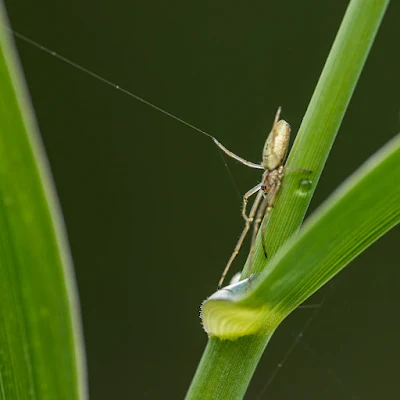Summer Leys is a local nature reserve at Wollaston in the Upper Nene Valley, in Northamptonshire. It is owned by the Wildlife Trust for Bedfordshire, Cambridgeshire and Northamptonshire. The RSP Nature group met to enjoy what the reserve had to offer.
This large, ex-gravel pit is made up of a main lake with gently sloping banks, shallow areas of water and ponds, low lying islands, a large scrape and a fringe of reeds surrounded by grassland and wet woodland. This is ideal habitat for wintering birds: goosander, wigeon and gadwall reach nationally important numbers, joined by large numbers of roosting lapwing and golden plover. We saw many Bullfinches, BlueTits and Goldfinches.
Wading birds use the scrape and the shallow lake margins. Oystercatcher, ringed plover, little ringed plover and redshank stay to breed, while whimbrel, turnstone and common sandpiper often pass through during migration. Numerous pairs of common tern nest in a colony on the islands, the reserve management usually cut back vegetation each autumn to keep them safe, and every few years we re-profile the wader scrape.
Otters are rare but regular visitors to the reserve, while the taller reeds and rushes around the lake may reveal the ball-shaped woven nests of harvest mice. We did no see any. Sixteen species of dragonflies and damselflies have been recorded here and it is one of the best places to see the uncommon hairy dragonfly, which dances around the edges of Marigold Pond in May and June. It was a hot day and the dragon flies flew at speed round the water edge in the morning but were no where to be seen in the afternoon. Late spring sees hobbies hunting insects over the reserve.
Kim’s Corner, a fragment of species-rich neutral grassland, is a good place to watch butterflies. In late summer, it comes alive with the songs of grasshoppers and crickets. In the summer the area is haycut, followed by sheep grazing. To maintain the open natures of the lake banks, the management teams coppice willow and cut back other vegetation and remove encroaching scrub.
It was a splendid reserve with lots of insects.

















No comments:
Post a Comment